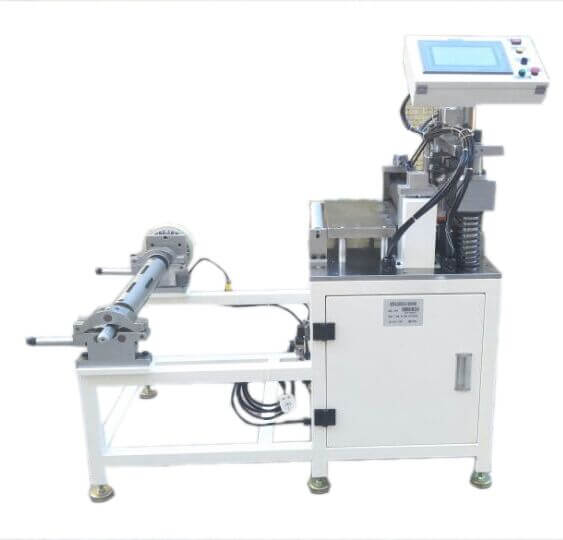
Email:Louis@lithmachine.com

The separator is a critical component that prevents short-circuits between the cathode and anode. Separator stacking machines ensure that these separators are precisely aligned and layered within the battery cell to maximize safety and performance.
No. 5 Nanshan Road, Huli District, Xiamen City, Fujian Province, China
 Subscribe to us
Subscribe to us ONLINE
ONLINE Louis@lithmachine.com
Louis@lithmachine.com +0086 15959378975
+0086 15959378975